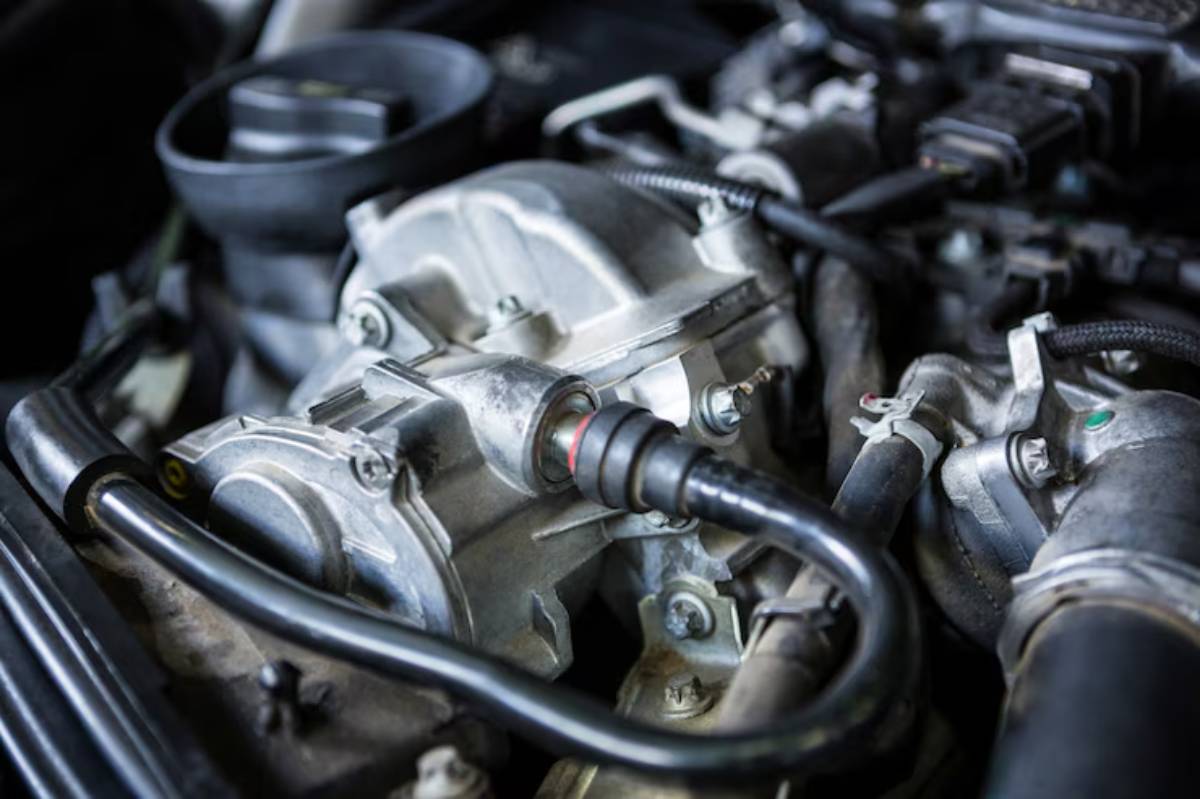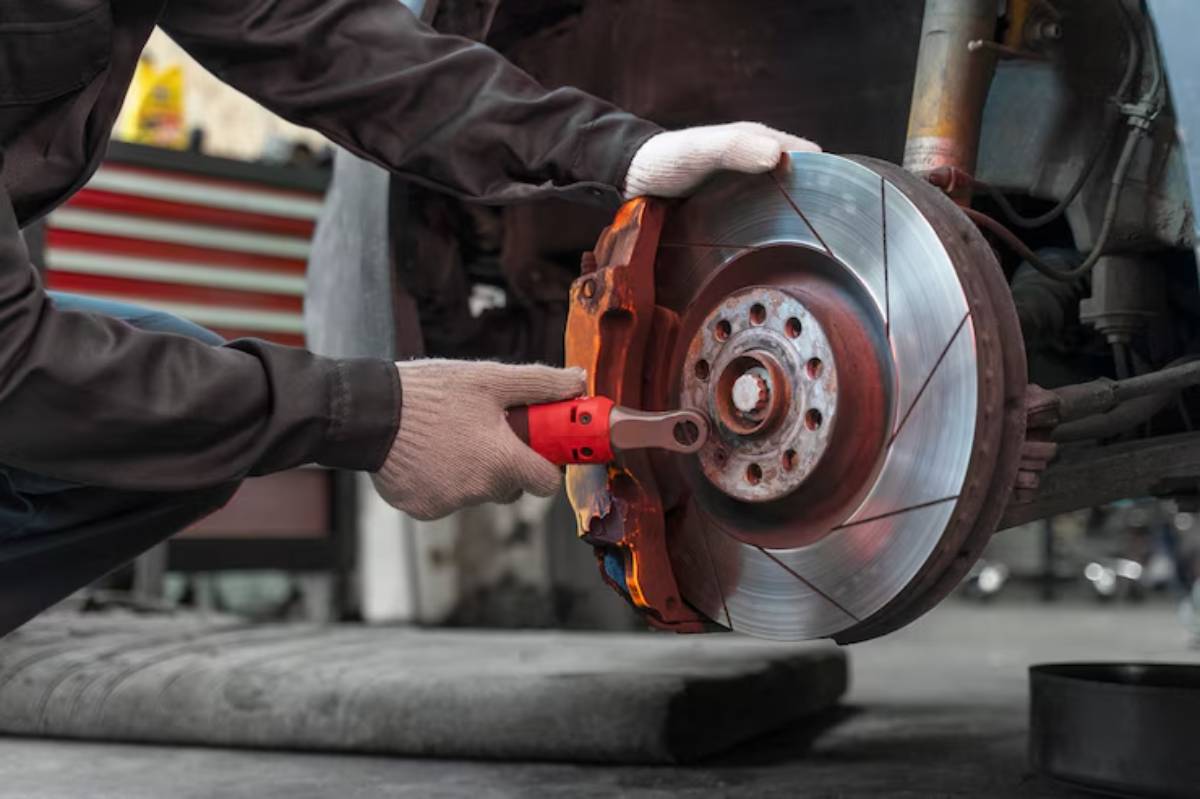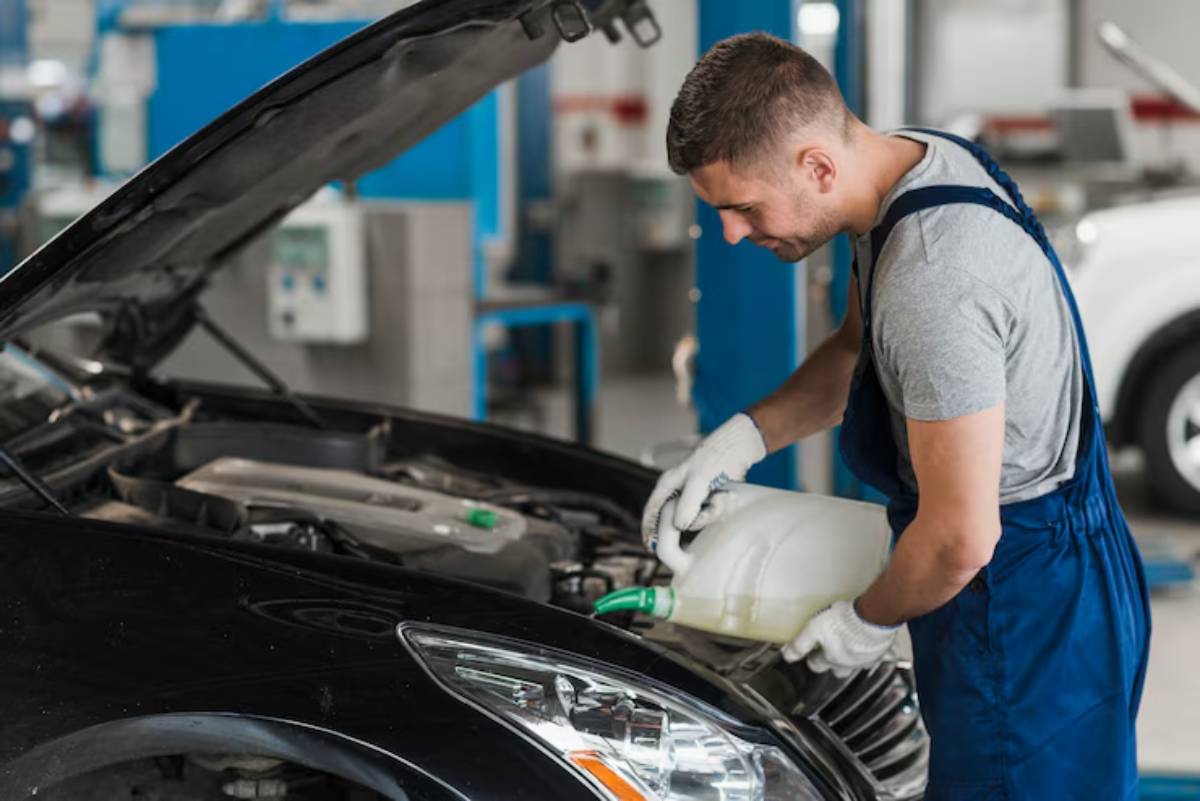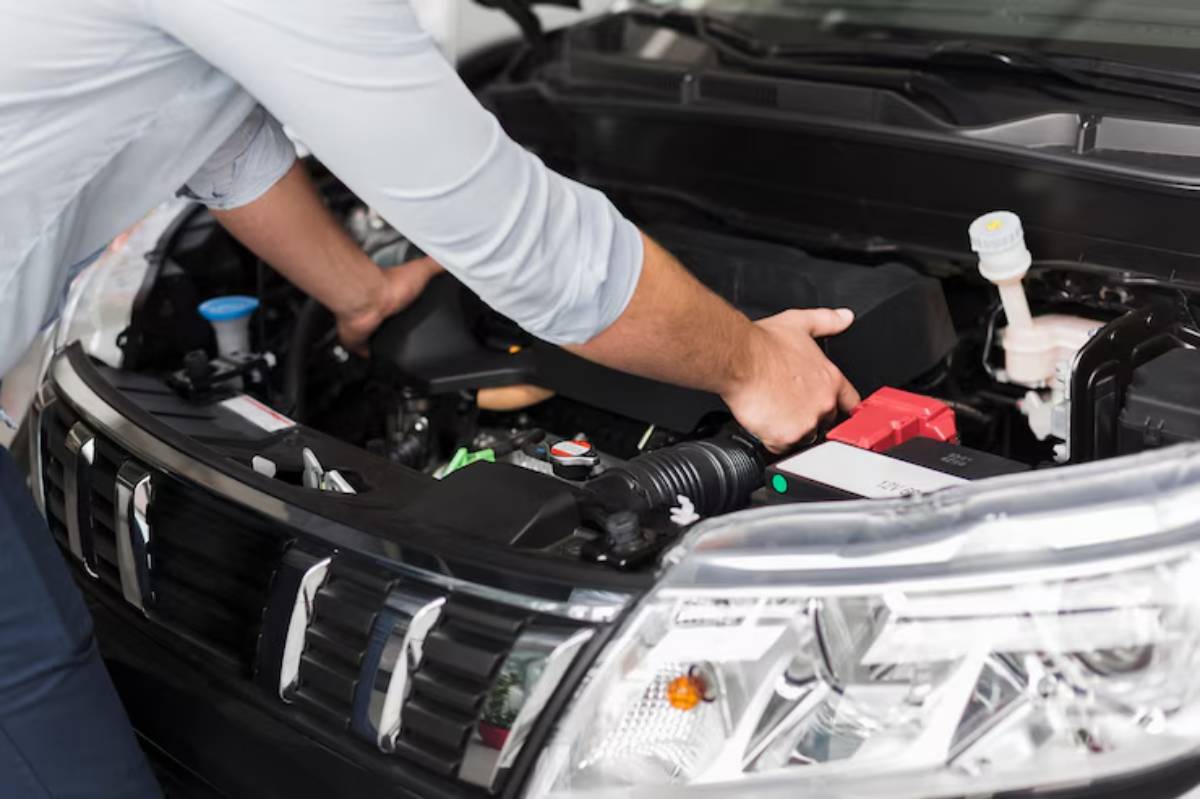
How to Identify a Failing Hybrid Battery Early
Imagine this: you’re on your usual commute, your hybrid feels sluggish, the dashboard lights up, and your fuel efficiency plummets. These symptoms often point to one culprit — a failing hybrid battery.
Hybrid battery packs are built to last, but like any high-tech component, they have a lifespan. The challenge? Many battery problems start quietly, making early detection crucial.
In this guide, we’ll explore how to test your hybrid battery, recognise battery life signs, and take action before small issues become expensive headaches. Whether you drive a Toyota Prius, Lexus RX 450h, or Hyundai Ioniq, these insights apply across the board.
Understanding the Core: Why Hybrid Battery Health Matters
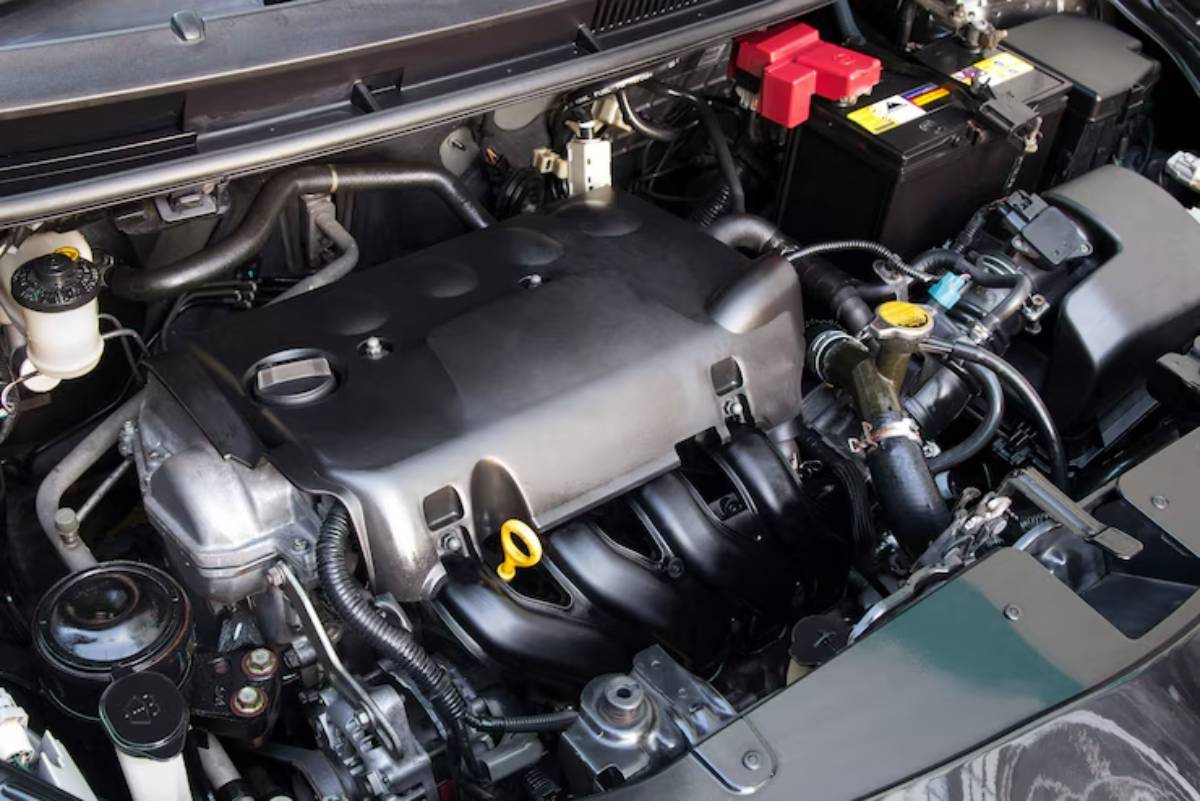
What Does a Hybrid Battery Do?
Your hybrid battery is more than just a backup power source — it’s the heart of the electric drive system. It:
- Stores energy recovered from braking (regenerative braking)
- Powers the electric motor during acceleration
- Switches between electric and petrol modes for fuel efficiency
Over time, individual battery cells degrade. Performance drops. The hybrid system compensates — until it can’t.
Typical Battery Lifespan
Most hybrid batteries last:
- 8 to 10 years
- 100,000 to 150,000 miles (depending on usage, climate, and maintenance)
Still, degradation can start earlier, especially with:
- Hot climates
- Frequent short trips
- Prolonged disuse
Knowing the warning signs early helps you act before full hybrid battery failure strikes.
Quick Summary: Signs and Steps to Detect Battery Problems
- Watch for declining fuel efficiency
- Notice sluggish acceleration or odd engine revving
- Check for dashboard warning lights
- Listen for loud or constant fan noise
- Use an OBD-II scanner to test hybrid battery health
- Book a professional battery test if needed
- Don’t ignore intermittent issues — they tend to worsen
Step-by-Step Guide: How to Spot and Test Hybrid Battery Failure
Step 1: Monitor Fuel Efficiency Over Time
Hybrid batteries affect how often your car can run in electric mode. When they weaken, you’ll:
- Use petrol more often
- See reduced MPG
- Notice the engine switching on sooner and staying on longer
Pro Tip: Keep a fuel log. A drop of 10–15% in MPG may indicate early battery degradation.
Step 2: Watch for Performance Symptoms
Sluggishness isn’t always due to weight or wind. It could signal power management issues.
Key signs:
- Slower acceleration
- Sudden surges or hesitation
- Engine revving high without a corresponding speed increase
This happens when the electric motor can’t contribute as it should, putting strain on the petrol engine.
Step 3: Look for Dashboard Warning Lights
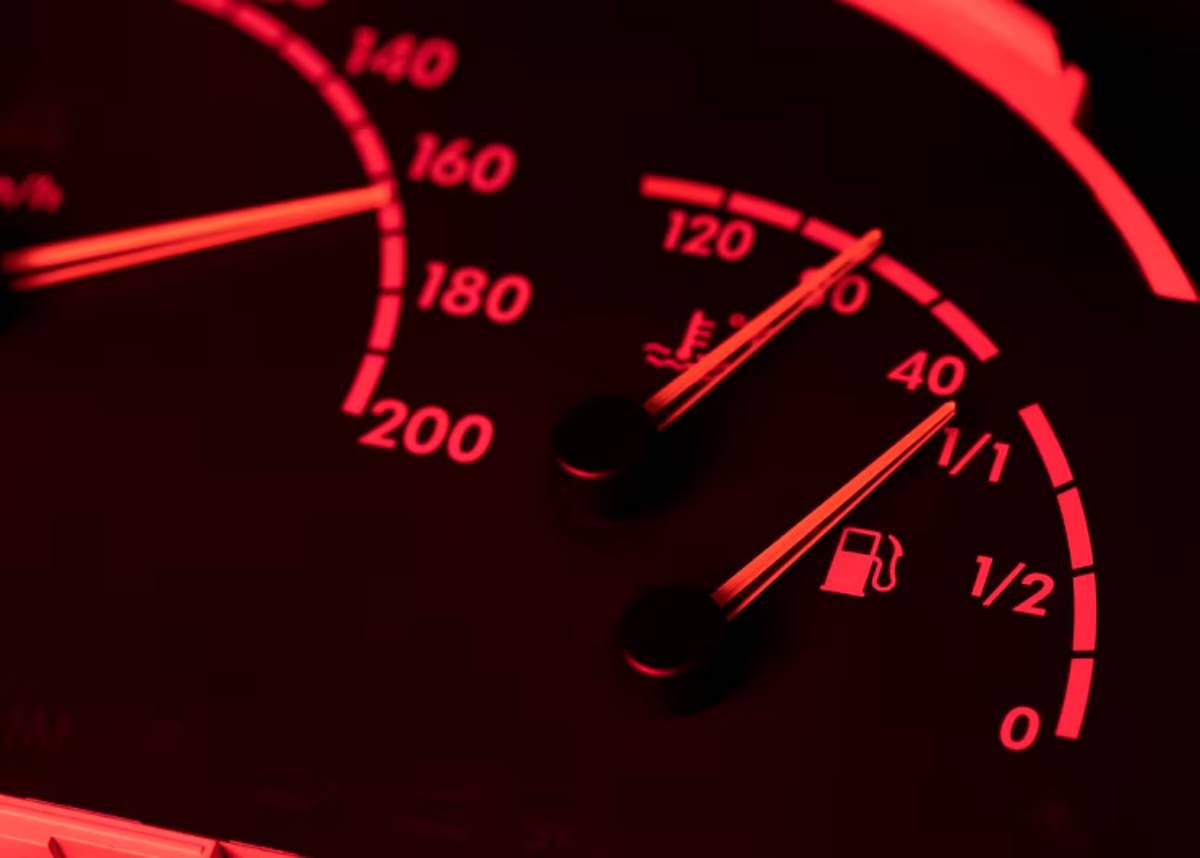
Many hybrids feature a Hybrid System Warning Light or a “Check Hybrid System” message. Others may trigger:
- Check Engine Light
- Battery Warning Light
- ABS or Brake System Lights (in hybrids, all systems are interlinked)
Don’t panic — these can signal anything from sensor errors to cooling system issues. But they’re worth investigating.
Step 4: Listen to the Battery Fan
Behind your back seat or in the boot, there’s a cooling fan for the battery. It’s usually silent. If you hear it running:
- Loudly
- Constantly
- Even when parked
… It may mean your battery is overheating or struggling to operate efficiently.
Step 5: Test the Hybrid Battery Using a Scanner
To test hybrid battery health, use an OBD-II scanner with hybrid support. Popular tools include:
- OBDLink MX+
- Techstream (for Toyota/Lexus)
- Dr. Prius App
These tools let you:
- View individual cell voltages
- Track state of charge (SoC)
- Measure voltage imbalances
How to test:
- Connect the scanner via the OBD-II port
- Open the hybrid diagnostic app or software
- Look for large voltage differences between cells (anything >0.3V may be a red flag)
- Perform a “load test” via the app if available
Step 6: Book a Professional Hybrid Battery Test
If in doubt, get your battery tested at a dealership or hybrid specialist garage. They’ll:
- Use manufacturer-grade tools
- Run thermal and capacity tests
- Recommend reconditioning or replacement
Cost:
- Basic diagnostics: £50–£100
- Full test with printout: £100–£200
Pro Tips & Important Notes
- Don’t wait for the car to break down. Early signs like fluctuating charge levels or longer charging times are often dismissed, but they’re key indicators of battery degradation.
- Avoid deep discharges. Try to keep your battery between 40% and 80% charged. Full cycles wear it out faster.
- Park in the shade during summer. Heat is the enemy of battery longevity.
Best Practices to Extend Battery Life
- Drive regularly — hybrids need motion to stay healthy
- Use ECO mode in heavy traffic to reduce load
- Replace the cabin air filter — yes, it affects battery cooling
- Clean vents and battery fan areas every 6–12 months
Real Case Example:
Prius owner Ali in Birmingham noticed sluggishness and found fan noise increasing. A simple vent clean reduced fan use and improved performance — catching degradation early saved him £1,200 on a replacement.
FAQs: Hybrid Battery Failure and Testing
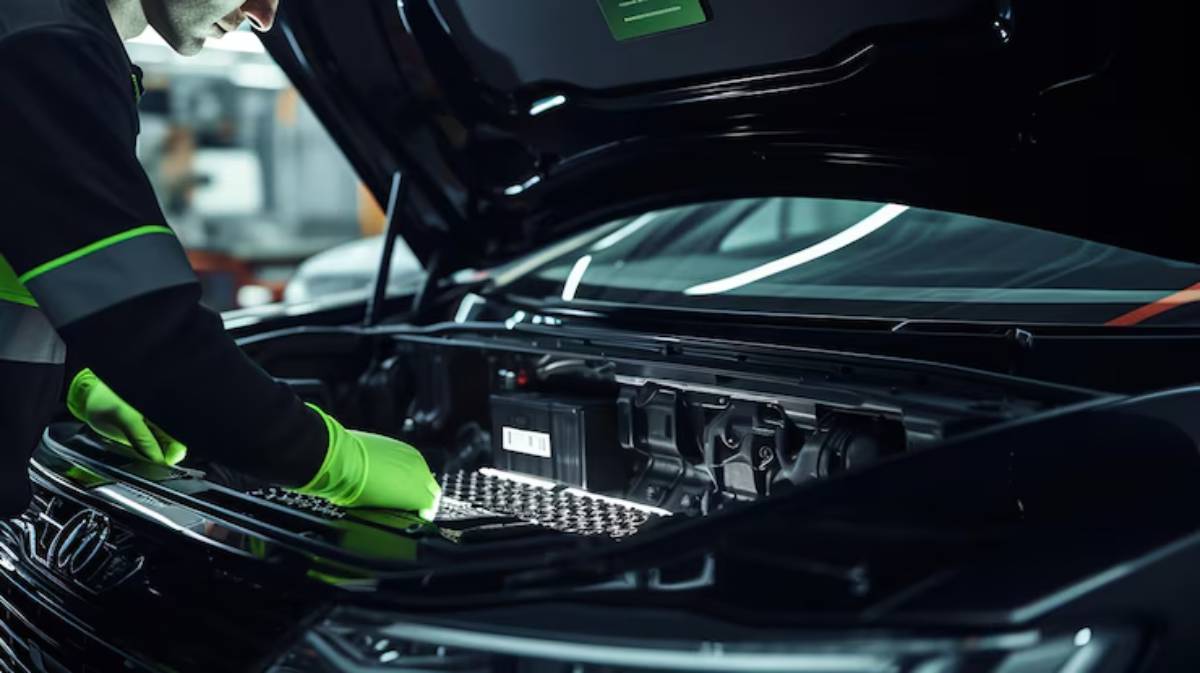
Can I drive with a weak hybrid battery?
Yes, but performance and fuel economy will suffer. If the battery fails completely, the car may not start or run at all.
Does a failing hybrid battery affect the petrol engine?
Yes. The engine works harder to compensate, which can reduce its lifespan and efficiency.
How do I know if the hybrid battery is still under warranty?
Most UK hybrid warranties cover 8 years or 100,000 miles — check your logbook or contact the dealer.
Can a hybrid battery be repaired or reconditioned?
In many cases, yes. Specialists can replace faulty cells, clean contacts, and recalibrate. This costs £400–£800, versus £1,200–£2,000+ for a new pack.
Should I use a hybrid-specific scan tool?
Absolutely. Generic OBD tools can miss voltage readings or hybrid-specific fault codes.
Further Learning & Interlinking
If you’re seeing warning lights along with battery symptoms, check out our expert guide on how to reset warning lights in a hybrid vehicle for safe and accurate troubleshooting.
And when preparing for DIY checks or repairs, make sure you know how to properly jack up a hybrid car — safely lifting your vehicle is the foundation of confident home maintenance.
Conclusion: Spotting Trouble Early Saves You Thousands
A hybrid battery doesn’t just stop working one day — it fades. Quietly. Gradually. That’s why knowing how to identify a failing hybrid battery early is so important.
Let’s recap the key battery life signs:
- Lower MPG
- Dashboard lights
- Sluggish performance
- Noisy cooling fans
- Trouble holding a charge
Now it’s your move.
Run a test, monitor performance, or book a professional scan. The sooner you catch it, the more options you’ll have — whether it’s a minor reconditioning or a major replacement.
Questions or success stories? Drop them in the comments to help fellow hybrid owners learn from your experience.
